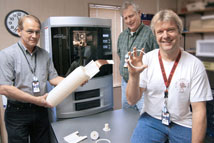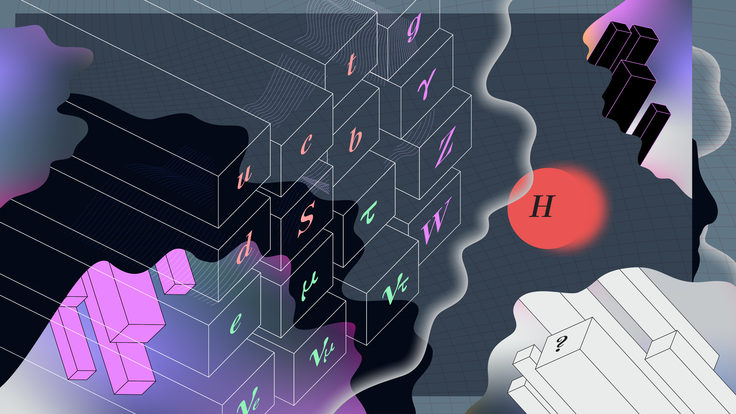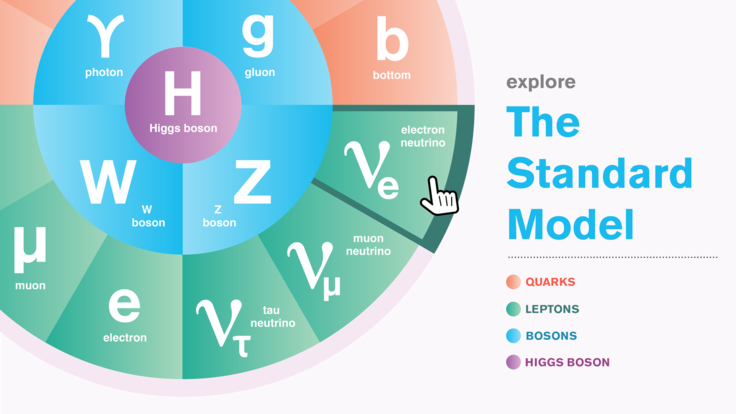 |
|
Photo: SLAC |
Taking prototypes to the next dimension
As popular as the snack vending machine it resembles, a new 3D printer has been busy dispensing plastic-wrapped treats for designers and engineers.
Since the Dimension Elite printer arrived at Stanford Linear Accelerator Center in early January, its tea-box-sized printing head has been on the move day and night, whirring and clicking like a home inkjet printer while it automatically builds up models by depositing many thin layers of melted plastic.
The lightweight models that emerge are more tangible than a set of design drawings and more totable than a 35-pound metal model, easily carried to meetings to show colleagues how a design for an accelerator component would work.
“It's a service for engineers and designers across the lab to study the form, fit, and function of their designs before cutting them in metal,” says engineer Kurt Vaillancourt.
Known generically as rapid prototyping machines, 3D printers and their ilk have been used in industry since the late 1980s. The one in SLAC's Mechanical Design Department can build pieces up to 8 inches square by 12 inches high, in layers as thin as 0.007 inch.
Designer Gene Anzalone and his colleagues have eagerly taken advantage of the printer to build models of a collimator that could be used to upgrade the Large Hadron Collider, which is scheduled to start operating this year in Geneva, Switzerland. Collimators block stray particles inside a pipe carrying particle beams. This one is designed to rotate when damaged, presenting a fresh face of metal so the collider can keep working without interruption.
It took about five days to make the 3D plastic model, which showed that the design worked well. Since the printer works unattended, it saves money on labor as well as materials.
“The model is accurate enough to gain an understanding of how well the parts fit together into a working assemblage,” says engineer Steve Lundgren, “and it gives us tangible results at an early phase of the project.”
Heather Rock Woods
Click here to download the pdf version of this article.






